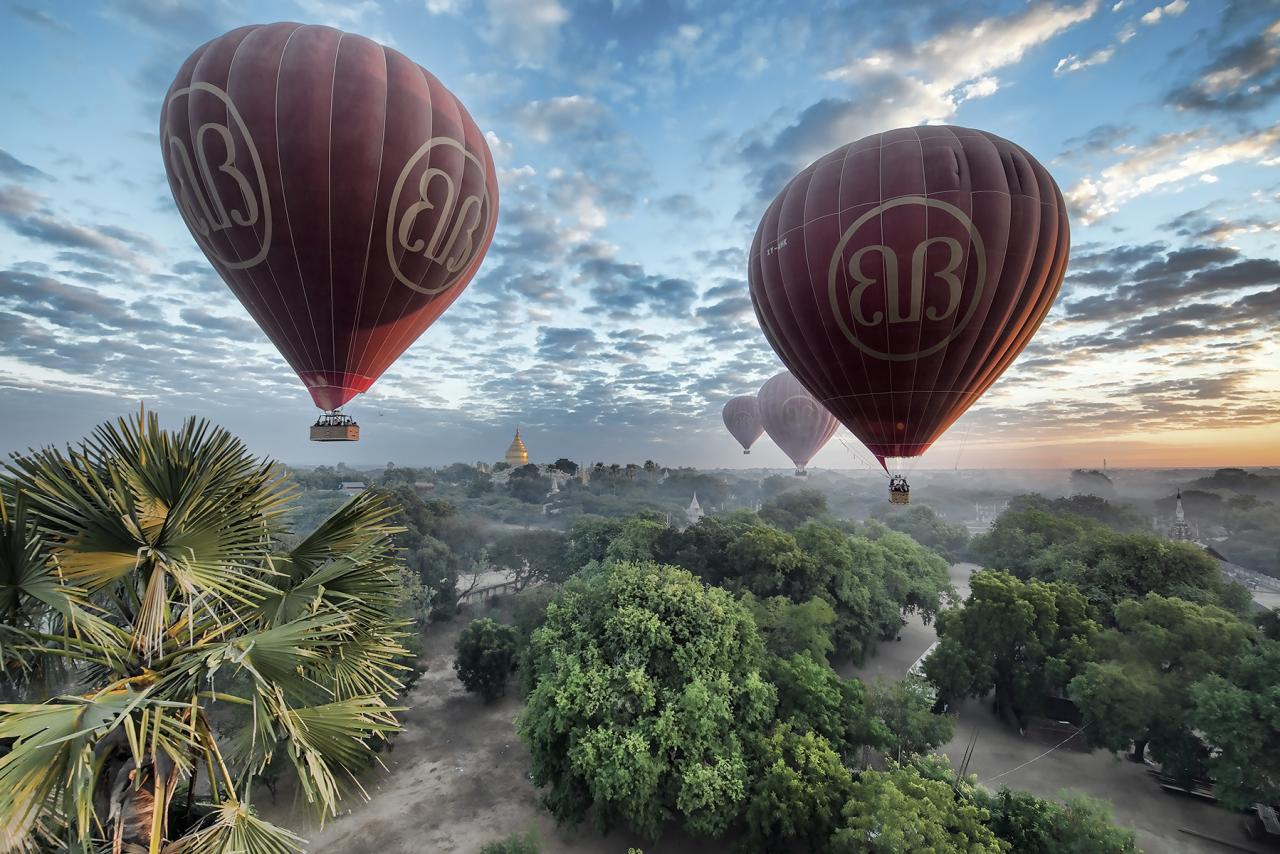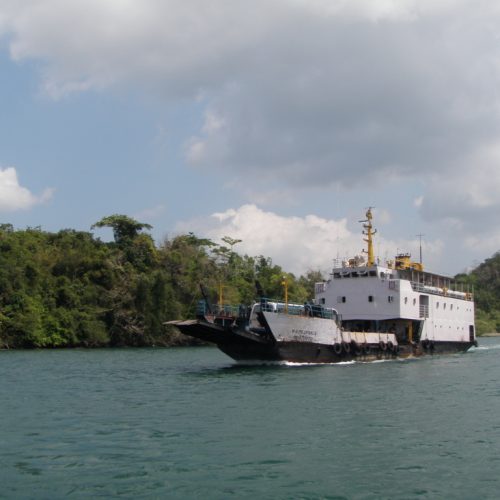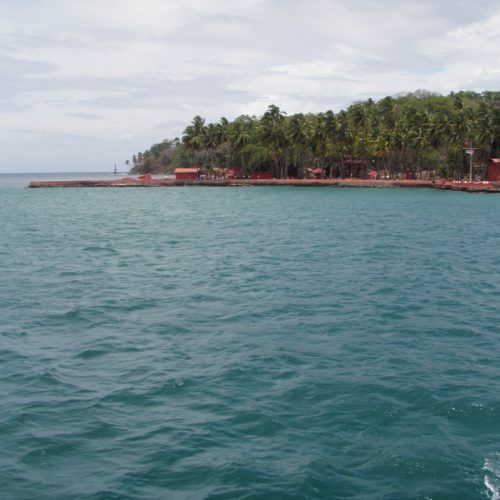- Have any questions?
- 080 2558 0771
- 080 2558 0772
- mail@beleastmail.com

Sri Lanka – 06 NIGHTS/07 DAYS WORLD HERITAGE SITE TOUR
Friday, 29 April, 2016
Myanmar – 6 Days /5 Nights
Friday, 29 April, 2016Myanmar – 13 Days / 12 Nights
Day 1: Yangon
Yangon lies in the fertile delta of southern Myanmar, on the wide Yangon River. The city is filled with tree-shaded boulevards, while shimmering stupas float above the treetops. The city became the capital only in 1885, when the British completed the conquest of Upper Myanmar and Mandalay’s brief period as capital of the last Burmese kingdom ended.
Take in the sights of Yangon’s colonial downtown. Enjoy a coffee or snack on top of Sakura Tower.
Explore the Bogyoke Aung San Market, also known as Scott Market, which contains over 2000 stalls and is the best place in Yangon to browse through the complete range of local handicrafts.
Visit Shwedagon Pagoda at sunset. A highlight of any trip to Yangon, the spectacular Shwedagon Pagoda dates back about 2500 years and was built to house eight sacred hairs of the Buddha. Its bell-shaped superstructure, resting on a terraced base, is covered in about 60 tonnes of gold-leaf, which is constantly being replaced.
Overnight in Yangon
Day 2: Yangon
Begin the day’s tour at the colourful Hledan market which almost always bustling in the early hours of the morning. From there, embark on Yangon’s circular train. The train weaves through Yangon’s main townships and districts in a rough circle; this train is the lifeline for many of the working classes and offers an unparalleled insight into the lives of the Burmese. Observe the students and workers in their daily commute and the vendors and hawkers plying their trade.
Take a 3-hour walking tour which will cover about 3 miles in the central districts of downtown. Many of the buildings visited are on the Yangon City Heritage List, a list of 188 man-made structures mainly consisting of religious landmarks and colonial-era buildings. Highlights include City Hall, the old railway station and the former Minister’s office where General Aung San was assassinated. Interspersed in the guided walk are various religious sites such as the St Mary’s Cathedral, built in 1899, and the Buddhist landmarks of Sule Paya and Botataung Pagoda. By walking through the streets you’ll also have a chance to witness the lifestyles of the locals from the busy bus and boat stations to the tea shops and hidden street markets. There are plenty of chances to interact with Yangon residents and learn more about the Burmese culture.
Next we’ll stop for a cup of tea or coffee at Lat Ywae Sin, a favorite tea shop with the locals. Busy from morning until night, this shop roasts its own coffee and has unique wood carvings on its wall. If you are feeling hungry, they are famous for their semolina cake and also offer great noodle dishes (drinks only, food not included).
Overnight in Yangon
Day 3: Yangon – Heho – Nyaung Shwe – Inle Lake
Take a flight from Yangon to Heho, then transfer by vehicle to Nyaung Shwe. Visit Shwe Yan Pyay Kyaung Monastery, an 18th or 19th century monastery which features a venerable wooden consecration hall with unique oval windows.
Enjoy a boat ride on Inle Lake and discover its calm serenity, still waters and colourful brush strokes of floating vegetation and slow moving fishing canoes. Rolling high hills hug the lake on all sides, as the lake’s shore and islands host 17 villages on stilts, mostly inhabited by the Intha people. Enjoy the awe inspiring scenery and meditate on the one of a kind skill of the local fishermen who make use of their legs in a unique rowing technique to glide themselves gracefully around the lake. Visit the enchanting floating gardens, a teeming market and an Intha village around the lake. The day also includes a visit to the Phaung Daw Oo Pagoda, Inn Paw Khon Village (Lotus and silk weaving villages) and the Nga Phe Kyaung Monastery.
Visit Inthar Heritage House to learn more about Burmese cats. Part of one of the oldest traditions in the country, Burmese cats were considered royal cats of the palaces and acted as guardians for the many temples and sacred sites.
Transfer to Nyaung Shwe, hop on a bike and cycle to Red Mountain Winery (around a 45 minute ride). An informative wine-tasting is part of your visit as well as a tour through the vineyard, both conducted by professionals in their field. Then, continue cycling to Maing Thauk by bike (approx. 45 minutes).
Overnight in Nyaung Shwe
Day 4: Nyaung Shwe – Heho – Mandalay – Pyin Oo Lwin
Travel from Nyaung Shwe to Heho for onwards flight to Mandalay. From there, head to Pyin Oo Lwin and enjoy sightseeing in this ethnically diverse village. Pyin Oo Lwin was originally a Shan Danu village, but following the influx of Asians during the British colonial era, it is now home to around 5,000 Nepalis and 10,000 Indians. For many years it was a British hill station as due to the altitude, even at the height of the hot season, it is pleasantly cool and the air is fresh.
Visit the Botanical Gardens, which feature wide expanses of manicured grass, large flowerbeds, natural forest, rose gardens and an orchid house. Enjoy the views of the town from the tower in Botanical Garden. Colonel May used Turkish prisoners of war to develop this 237-acre botanical garden during World War II. See the Purcell Tower, situated near the entrance to the town. The tower was a gift from Queen Victoria, who offered an identical tower to Cape Town in South Africa.
South of the central area is the Church Of The Immaculate Conception, which features a large brick sanctuary with a bell tower and cruciform floor plan. The vaulted wooden ceilings and well-appointed interior are impressive.
Afterwards, relax with a nice cup of coffee at the Golden Triangle coffee shop.
Overnight in Pyin Oo Lwin
Day 5: Pyin Oo Lwin
Experience a local train ride from Pyin Oo Lain to Naung Paing (approx. 3.5 or 4 hours) via the famous Gokteik Viaduct, the highest bridge in Myanmar, and when it was completed, the largest railway trestle in the world. The rail line was constructed in 1899 as a way for the British Empire to expand their influence in the region.
Enjoy the rest of the afternoon at leisure.
Overnight in Pyin Oo Lwin
Day 6: Pyin Oo Lwin – Mandalay
Travel by vehicle from Pyin Oo Lwin (Maymyo) to Mandalay for a full day of sightseeing. The last capital of royal Burma, Mandalay is still one of the largest cities in Myanmar, and a cultural and spiritual centre. Neighboring Sagaing is home to over sixty percent of the country’s monks, while the artisans of Mandalay continue to turn out the finest crafts in Myanmar.
In the morning, head to Mahamuni Paya. The Mahamuni image enshrined here is perhaps the most venerated image in Myanmar, covered in over 15 cm of gold leaf. Worshippers flock daily to the shrine at four in the morning to observe the unique face-washing ceremony. En route to the pagoda, stop to observe the laborious process of Gold-Leaf Beating, where gold is painstakingly hammered into tissue-thin squares. Before breaking for lunch, visit a Craft Workshop specializing in one of the arts for which the city is famous: bronze-casting, marble-carving, wood-carving, or puppetry.
Start the afternoon at Shwenandaw Kyaung, or the Golden Teak Monastery. Built entirely of golden teak, this intricately carved wooden monastery was once part of the Mandalay Palace, used as private apartments by King Mindon and his chief queen. Continue to Kyauktawgyi Paya, famous for its monumental seated Buddha, carved from a single block of marble. Continue to Kuthodaw Paya, known also as “the world’s biggest book”. Around the central stupa are miniature pavilions, each housing a slab of marble. Numbering 729 altogether, these slabs are inscribed with the entire Tripitkata, or Buddhist scriptures. The final stop is at Shwe Kyin Old Monastery, an old monastery at the base of Mandalay Hill which was built during the period of King Mindon.
Head to Mandalay Hill and take an easy climb up sheltered steps to experience panoramic views over the palace, Mandalay and the paya-studded countryside at sunset. The famous hermit monk, U Khanti, is credited with inspiring the construction of many of the buildings on and around the hill in the years after the founding of the city.
In the evening, explore the city’s bustling night markets which spring up around the intersection of 84th and 27th Streets.
Overnight in Mandalay
Day 7: Mandalay
Depart from your hotel at 4am for breakfast at the Mahagandayon monastery. Afterwards, begin the day’s tour which will take you to three former royal capital, Amarapura, Sagaing, and Inwa. First drive to Amarapura, and visit Mahagandayon Monastery; every day at mid-morning, monks and novices line up to receive their daily offering of alms and food from faithful Buddhists. Next, pay a visit to Sagaing, the spiritual centre of Myanmar. Hundreds of stupas, monasteries, temples and nunneries are to be found in Sagaing Hill, sometimes known as a living Bagan. Thousands of monks and nuns retreat here for meditation and contemplation. Stop at some of the most famous temples, such as Sun U Ponya Shin Paya, U Min Thonsei Paya and Kaung Hmu Daw Paya.
Cross the river by ferry to Inwa (Ava), situated on the banks of the Irrawaddy River. Once a royal capital, Inwa (Ava) is now a quiet rural oasis. Enjoy a leisurely Horsecart Ride around the peaceful countryside, briefly visiting Bagaya Kyaung, a beautiful teak wood monastery, Maha Aungmyay Bonzan Kyaung, and Nan Myint Tower. On the way, stop and observe how local artisans make their famous alms bowls out of iron. Finally, return to Amarapura, to end the day at U Bein’s Bridge, a picturesque teak bridge which extends over one kilometre across Taungthaman Lake. At dusk, the bridge teems with monks and local people as they stroll home or linger to enjoy the colours of the sunset.
Overnight in Mandalay
Day 8: Mandalay – Monywa
Head from Mandalay to Monywa by car and explore this town, which is situated on the eastern bank of the Chindwin River. Visit the colourful Thanboddhay Kat Kyaw Paya, the interior and exterior of which is covered with almost 600,000 thousand miniature Buddha images. Also visit Boddhi Tataung, a grove of banyan trees with a Buddha image at the base of each one.
Next you will cross the Chindwin River by local ferry and continue westwards towards the Pow Win Daung caves by open jeep. Pow Win Daung Mountainis home to a series of caves nestled in the hillside along a path and contain Buddha images and well-preserved murals that date from the 14th-16th centuries. Visit Shwe Ba Taung Paya, with shrines carved into the hillside decorated with elaborate mosaics and Buddha images. Sculptures line the path and walls, including a giant frog perched by the road and an elephant carved to form a temple doorway.
Overnight in Monywa
Day 9: Monywa – Bagan
Travel to Bagan for a full day of sightseeing. Visit Shwezigon Pagoda – its graceful bell shape became a prototype for virtually all later stupas all-over Myanmar, and the pagoda originally marked the northern end of the city of Bagan. Next, stop by the Nyaung U Market and experience this lively and colourful market. Each morning people from all around town come to buy and sell vegetables, crafts, spices, meat and other goods. Walk around the market to observe the daily activities of local people.
Hop on an electric bike and tour Bagan’s ancient temples. Start with Dhammayangyi Temple – said to rank as one of the finest in Bagan. Built in the 12th century, it is not exactly clear which King actually started the construction. Some sources say it was King Narathu, others say it was constructed a little earlier, during the reign of King Alaungsithu.
Continue to Ananda Pahto, one of the finest, largest, best preserved and most revered of the Bagan temples. Thought to have been built around 1105 by King Kyanzittha, this perfectly proportioned temple heralds the stylistic end of the Early Bagan period and the beginning of the Middle period.
Close the day enjoying a panoramic view of the sun setting over the plain of Bagan from one of the pagoda platforms.
Overnight in Bagan
Day 10: Bagan – Local Bus (Myanmar)
Travel by vehicle from Bagan to Mount Popa, en route stopping to see the Taung Ba Village Project.
Continue to Popa Mountain Resort for lunch. The restaurant offers spectacular views of Mount Popa and its surroundings.
We continue to a view point restaurant to have a spectacular view onto Mount Popa – a cylindrical hill that rises sharply from the surrounding plain, and is considered to be the home of Myanmar’s most important nats (spirits). Enjoy the delicious food and ambiance at the Panorama View Restaurant with the picturesque views onto the stupa and the surroundings of Bagan.
Visit a family business in Shwe Hlaing Village that offers local tea leaf salad and tea shop. Stop to explore how locals climb Palm trees and make products such as palm sugar and liquor.
Enjoy the afternoon at leisure, then board a luxury bus for the overnight journey to Yangon.
Overnight aboard luxury bus
Day 11: Yangon
Enjoy a full day at leisure
Overnight in Yangon
Day 12: Yangon – Kyaikhto
Visit Htauk Kyan Allied War Cemetery on the outskirts of Yangon. Explore the main market and a typical local monastery in Bago to observe the daily lives of the monks, and then head to the highly venerated Shwemawdaw Paya, which has housed hair relics of the Buddha for well over 1000 years.
Continue to Shwethalyaung Buddha, a huge reclining Buddha with a sign on the platform in front of the image giving the measurements of each body part. It is reputed to be one of the most lifelike of all reclining Buddhas. The Burmese say the image represents Buddha resting after attaining nirvana.
Next you’ll visit Kyaikhtiyo (the Golden Rock) for sunset. Kyaikhityo is the location of the incredible balancing boulder stupa. The small stupa sits atop the Gold Rock, a massive, gold leafed boulder delicately balanced on the edge of a cliff at the top of Mt. Kyaikto. Kyaiktiyo is one of the most sacred Buddhist sites in Myanmar.
Overnight in Kyaikhto
Day 13: Kyaikhto – Yangon
Travel by vehicle from Kyaikhto to Yangon and enjoy sightseeing in Bago. Visit the Hintha Gon Paya. This shrine has nice views over Bago from the roofed platform on the hilltop. According to legend, this was the one point rising from the sea when the mythical bird (the hintha) landed here. Continue to Kyaik Pun Paya, built in 1476 by King Dhammazedi, it consists of four 30m-high sitting Buddhas placed back-to-back around a huge, square pillar and Mahazedi Paya, originally constructed in 1560AD by King Bayinnaung, it was destroyed during the 1757 sacking of Bago and the reconstruction was only completed in 1982. Stairways lead up the outside of the stupa, and from the top there are fine views over the surrounding area.









Reviews
There are no reviews yet.